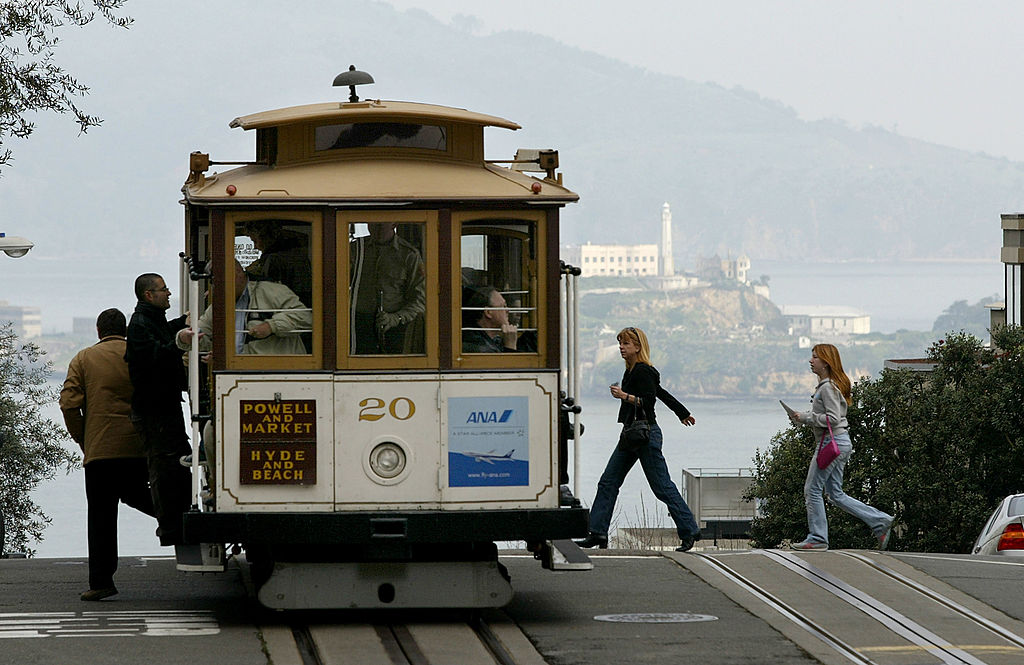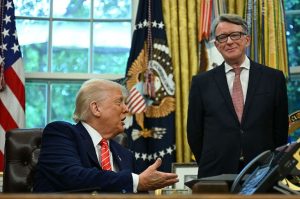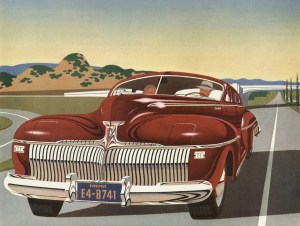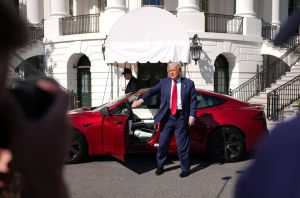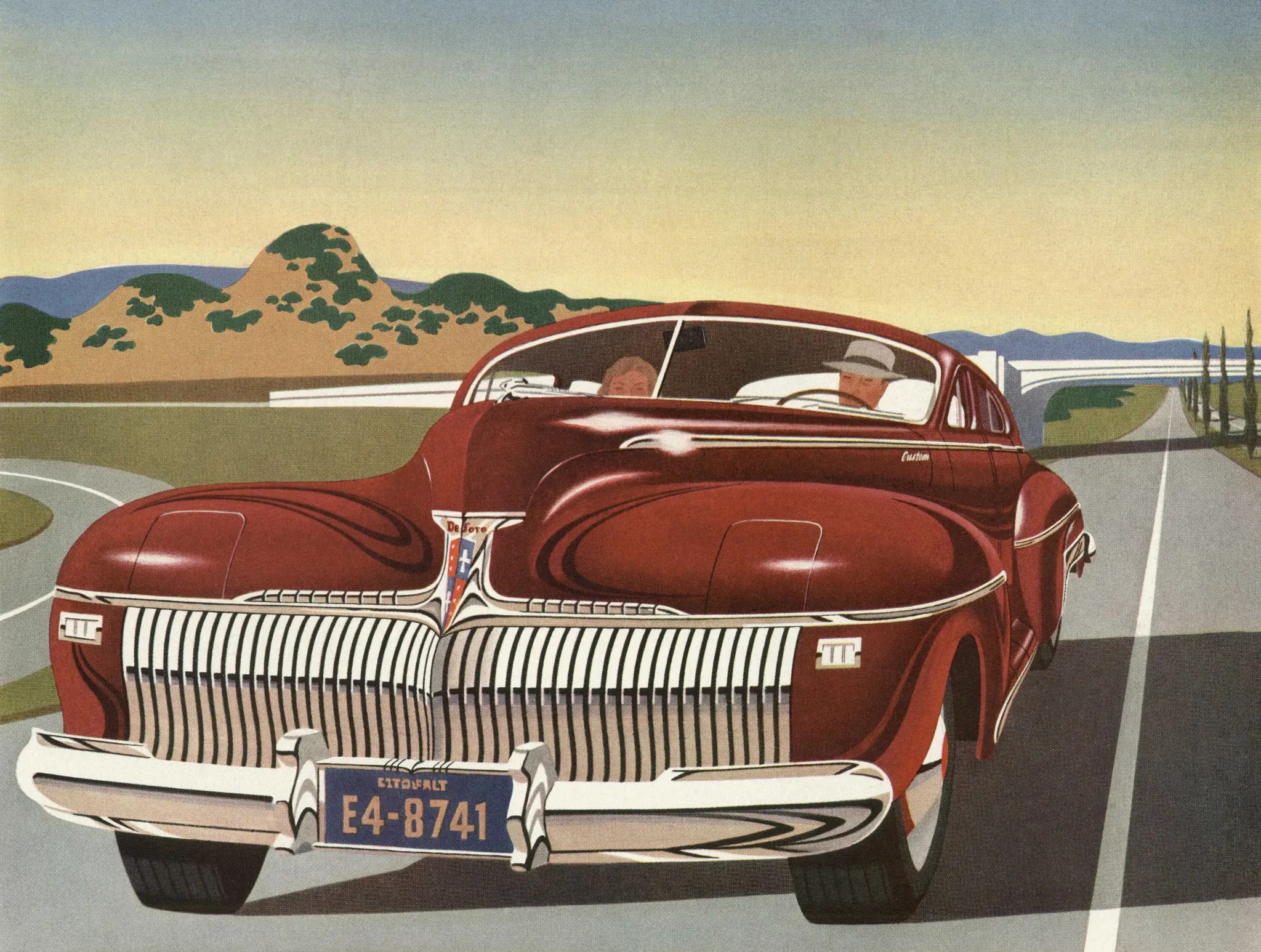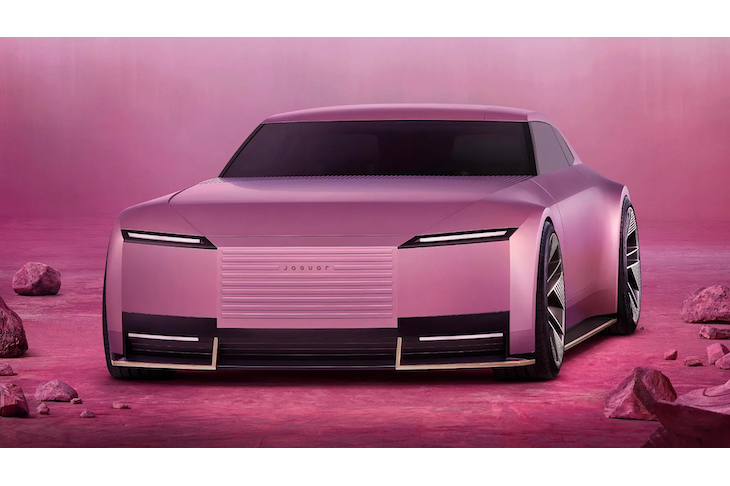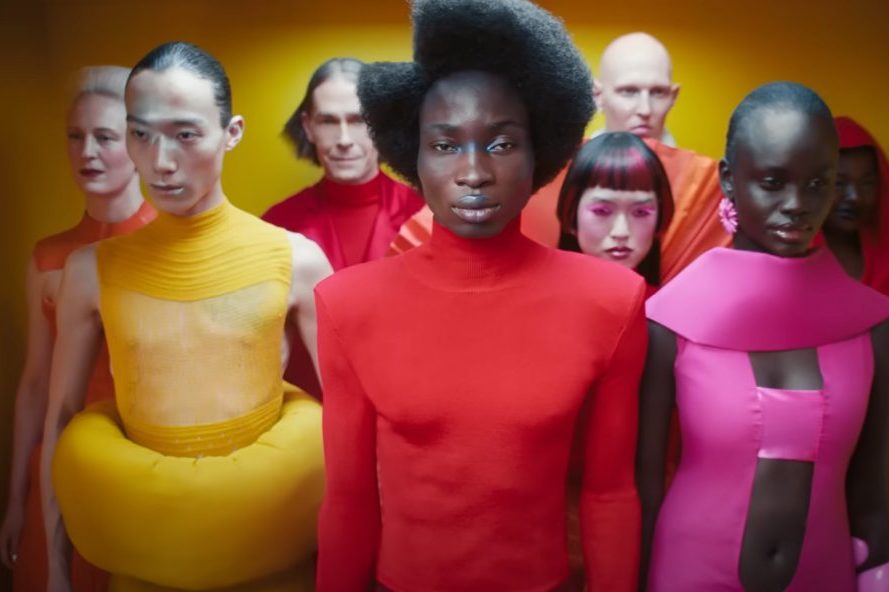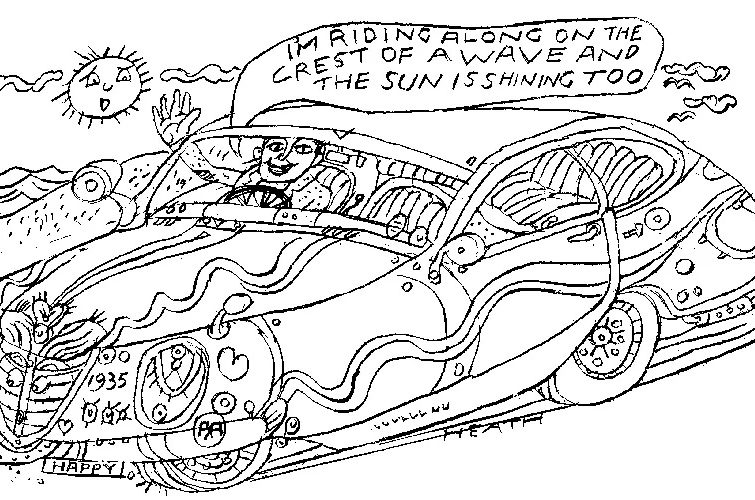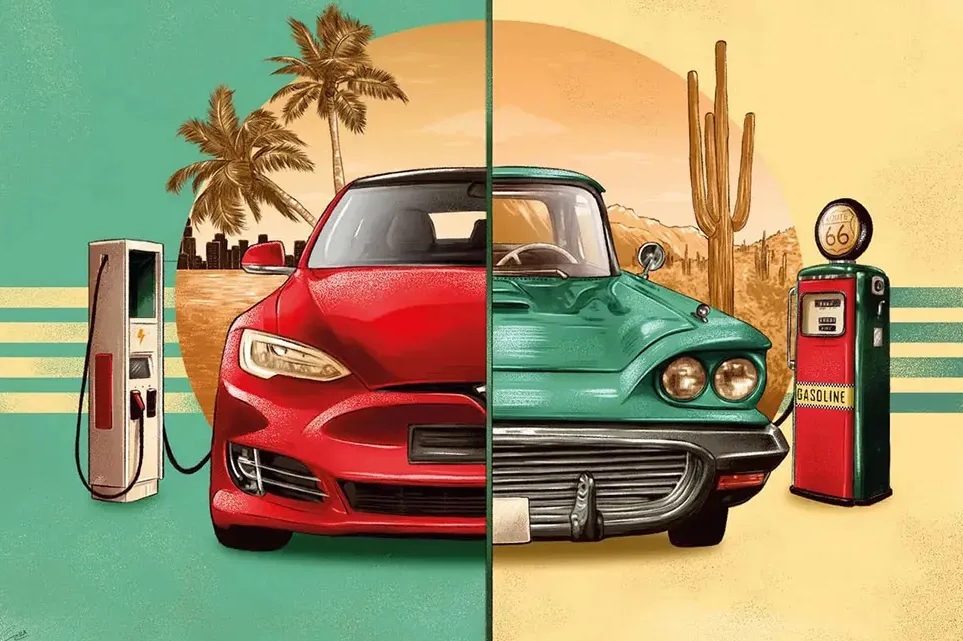A few weeks ago, my wife and I took a day trip to Maryland, where we visited the National Capital Trolley Museum.
It’s an unassuming building with an ornamented facade — a little like a Main Street building in a rural small town — and the gift shop, exhibits and ticket prices are all modest. There’s an interactive electricity exhibit for kids (and adults like me), where you can power a tiny trolley in a diorama of an old streetcar-suburb scene. One of the windows in a house even lights up. It’s simple and fun, a small, lean museum run by a dedicated group of people. An older man who worked there explained the old DC trolley map to me, recalling all the different lines he used to ride as a kid. That’s something you can’t get from a book.
Trolleys, also known as streetcars or trams, and more or less synonymous with today’s light rail, are an interesting breed. They’re either buses on rails or trains in streets, depending on how you want to see it. Largely but not entirely built by real-estate speculators, they branched out all over American metro areas and beyond in the late 19th and early 20th centuries. Urban and suburban trolley networks were often larger than whatever transit network exists today. In 1926, for example, the Los Angeles metro area, of all places, had, due to its trolleys, one of the largest mass transit systems in the world. But they also ran in rural areas that today have virtually no transit service, often connecting smaller cities that once held more economic importance. Consider, for example, the 32-mile Pennsylvania line running through the little village of Riegelsville, as it connected Doylestown with Easton.
In Northern Virginia, where I live, the companies were different — streetcar operators were generally private, and were even more fractured than modern public transit companies. But we had electric light rail all the way out to Bluemont, a sleepy town in Loudoun County past today’s exurban edge. We had trolley service to Mount Vernon. And a trolley once ran across what’s now US 50, one of the region’s major commercial corridors.
Many Americans today see trolleys as expensive boondoggles (which some modern vanity projects are), or vaguely suspect European imports. But Europe simply kept more of them intact. More than a century ago in America, the ubiquitous trolleys didn’t have the political valence that mass transit does today. They were just a way to get around.
But back to the museum. The highlight of our visit, worth the price of admission alone, was the trolley ride. The museum has a roughly one-mile loop of functioning track and overhead wires, and offers rides on a rotating set of vintage streetcars. Ours happened to be a Belgian car from the early 1900s, restored in the 1980s by a Florida resort to bring guests to the golf course, and then sold to the museum for restoration.
I’d just finished telling my wife, when we were in Croatia in mid-May, about how great streetcars were, especially their smooth ride. Well, when the operator started up the trolley, it let out an ear-piercing metallic screech and nearly threw us, mechanical bull-style, out of our bench seats. And that was after a painstaking restoration. But not to worry. The modern ones are more comfortable than a bus.
As we chugged along, what struck me was not the noise or the rough ride, but the fact that we were surrounded by forest. The infrastructure for this vehicle, which, like a subway train, could be chained with other cars, was so unobtrusive. Just a few inches from the edges of the tracks, the grass began, and just a few feet away were trees. Even most country roads are wider than this, and they’re not expected to carry the same theoretical capacity.
Perhaps we made a mistake when we began to conflate mobility with automobile ownership. We gained a lot, but we remember less often what we lost. Few streetcar lines remain today, despite once stitching together metro areas all over the United States. So much of what people dislike about density and cities relates to cars and the extraordinary space they take up relative to people. Perhaps when we perceive traffic jams as overcrowding, we need a trolley ride through the forest.



